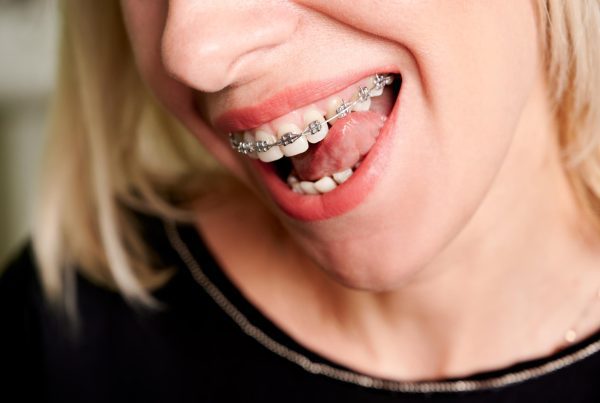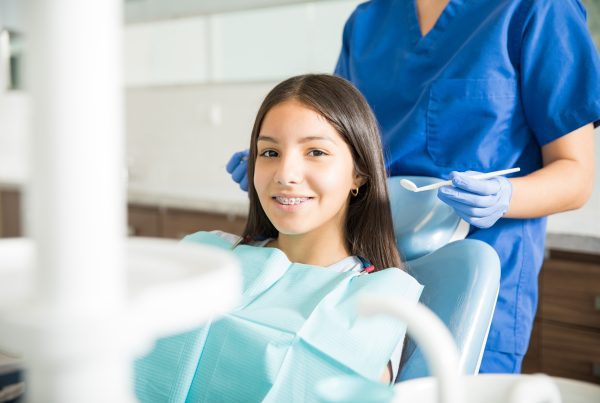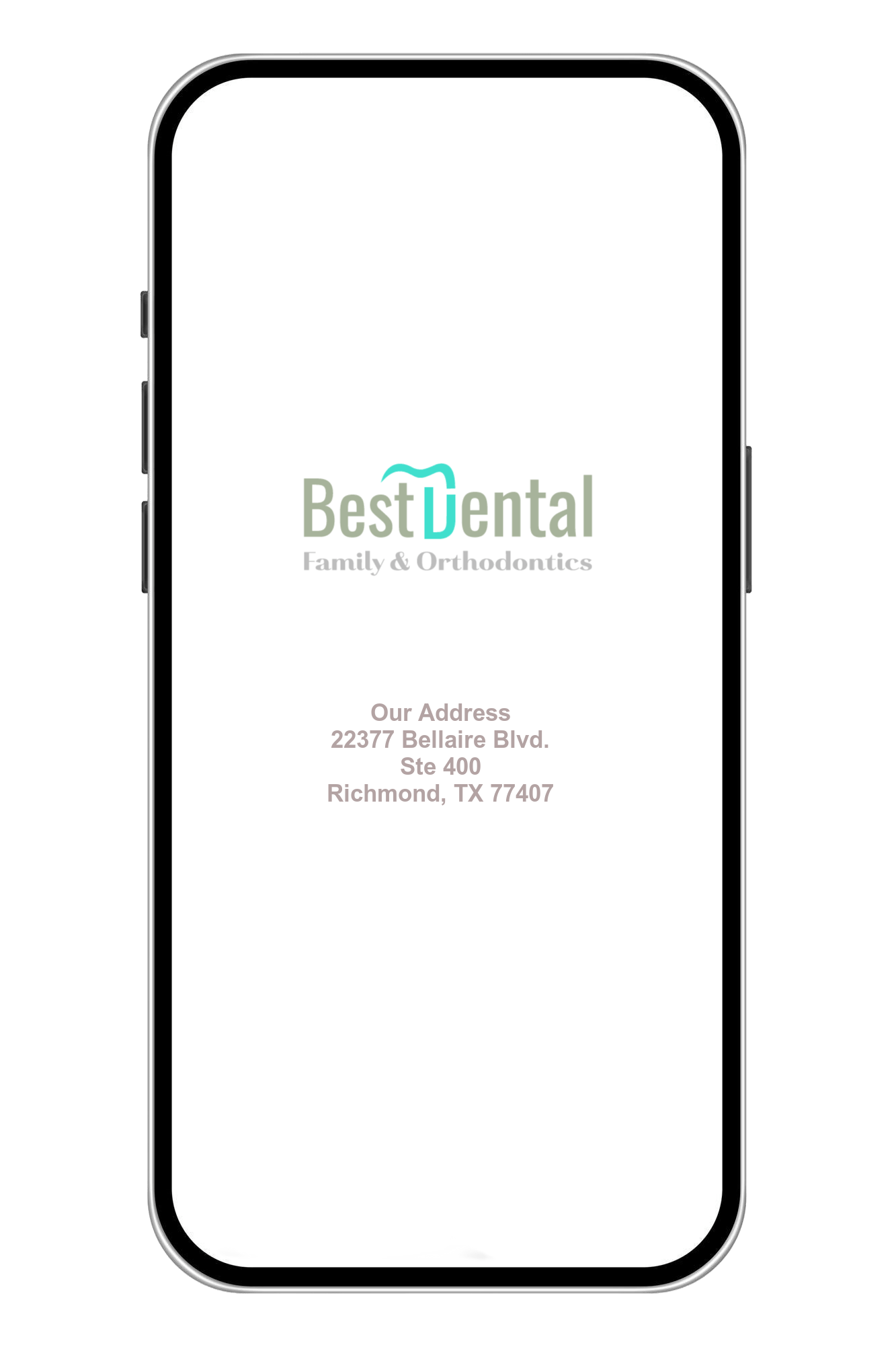Treatment Options To Fix Crooked Teeth
Crooked teeth can be a source of insecurity and discomfort for many individuals. Fortunately, there are several effective methods for addressing this issue and achieving a straighter, more attractive smile. From traditional braces to innovative clear aligners and various dental procedures, there are options available to suit different preferences and needs. In this guide, we will explore the various approaches to fix crooked teeth, providing insights into the processes, benefits, and considerations associated with each method. Whether you're a teenager seeking orthodontic treatment or an adult looking to enhance your smile, this information will help you make an informed decision on how to correct your crooked teeth and achieve the smile you've always desired.
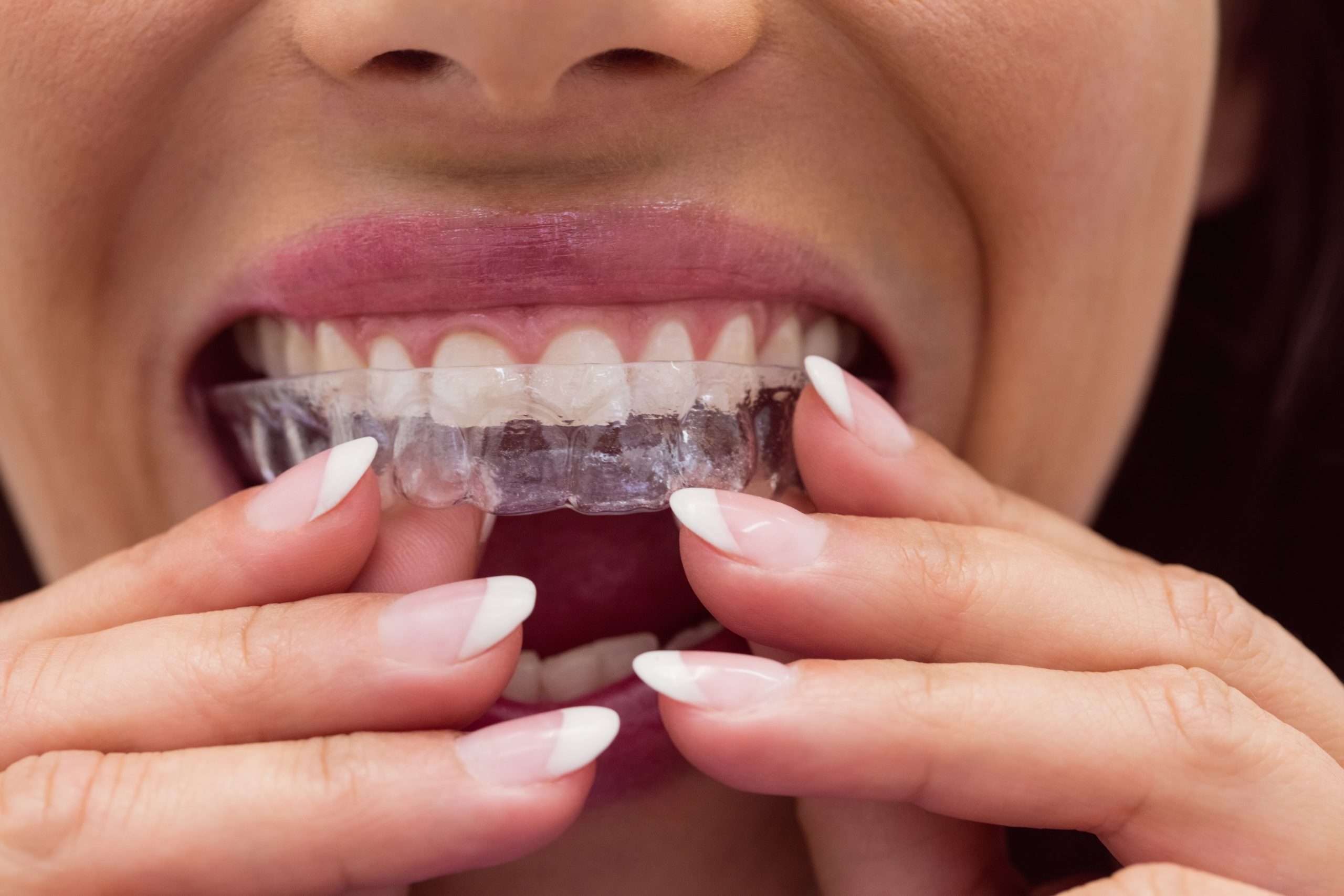
What are the main causes of crooked teeth?
Crooked teeth can be attributed to a variety of factors, ranging from genetic predispositions to certain habits and developmental issues. One primary cause is genetics, as the size of the jaw, shape of the mouth, and teeth size can be inherited, potentially leading to overcrowding or misalignment. Additionally, early childhood habits such as thumb-sucking, prolonged pacifier use, or tongue thrusting can exert pressure on the teeth and affect their alignment over time. In some cases, premature loss of baby teeth or adult teeth can also contribute to the development of crooked teeth, as neighboring teeth might shift into the gaps, leading to misalignment.
Furthermore, inadequate orofacial development during childhood can lead to issues such as a narrow upper jaw, creating insufficient space for the teeth to emerge properly. This can result in overcrowding or misalignment as the permanent teeth begin to grow in. Certain environmental factors, such as facial trauma or oral habits like mouth breathing, can also impact the alignment of the teeth. Additionally, poor dental care and lack of regular dental check-ups can contribute to the development of crooked teeth, as untreated cavities or gum disease can affect the positioning of the teeth over time. Overall, a combination of genetic, developmental, and environmental factors can play a role in the development of crooked teeth, highlighting the multifaceted nature of this dental issue.
What are the different types of orthodontic treatments available for correcting crooked teeth?
Several types of orthodontic treatments are available to correct crooked teeth and achieve a straighter, more aligned smile. These treatments can be broadly categorized into traditional braces, clear aligners, and other specialized orthodontic interventions. Traditional braces consist of metal brackets and wires that are attached to the teeth, applying gentle pressure to gradually shift the teeth into the desired position over time. While metal braces are highly effective, they are visible and may require regular adjustments by an orthodontist.
Clear aligners, such as Invisalign, have gained popularity as an alternative to traditional braces. These custom-made, transparent trays are virtually invisible and can be removed for eating and brushing. Clear aligners work by applying controlled pressure to move the teeth into the correct alignment progressively. They are generally more comfortable and convenient than traditional braces, although they may not be suitable for severe cases of misalignment.
For individuals with specific orthodontic needs, there are specialized treatments such as lingual braces, which are attached to the back of the teeth, making them less noticeable. Additionally, ceramic braces are another option that offers a less conspicuous appearance compared to traditional metal braces, as the brackets are made from tooth-colored materials. In certain cases, orthodontic treatments may be combined with other dental procedures, such as tooth extractions, jaw expansion, or surgery, to address complex issues like severe overcrowding or jaw misalignment. Orthodontic technology continues to advance, leading to the development of new and innovative treatment options that cater to a wide range of dental needs and preferences.
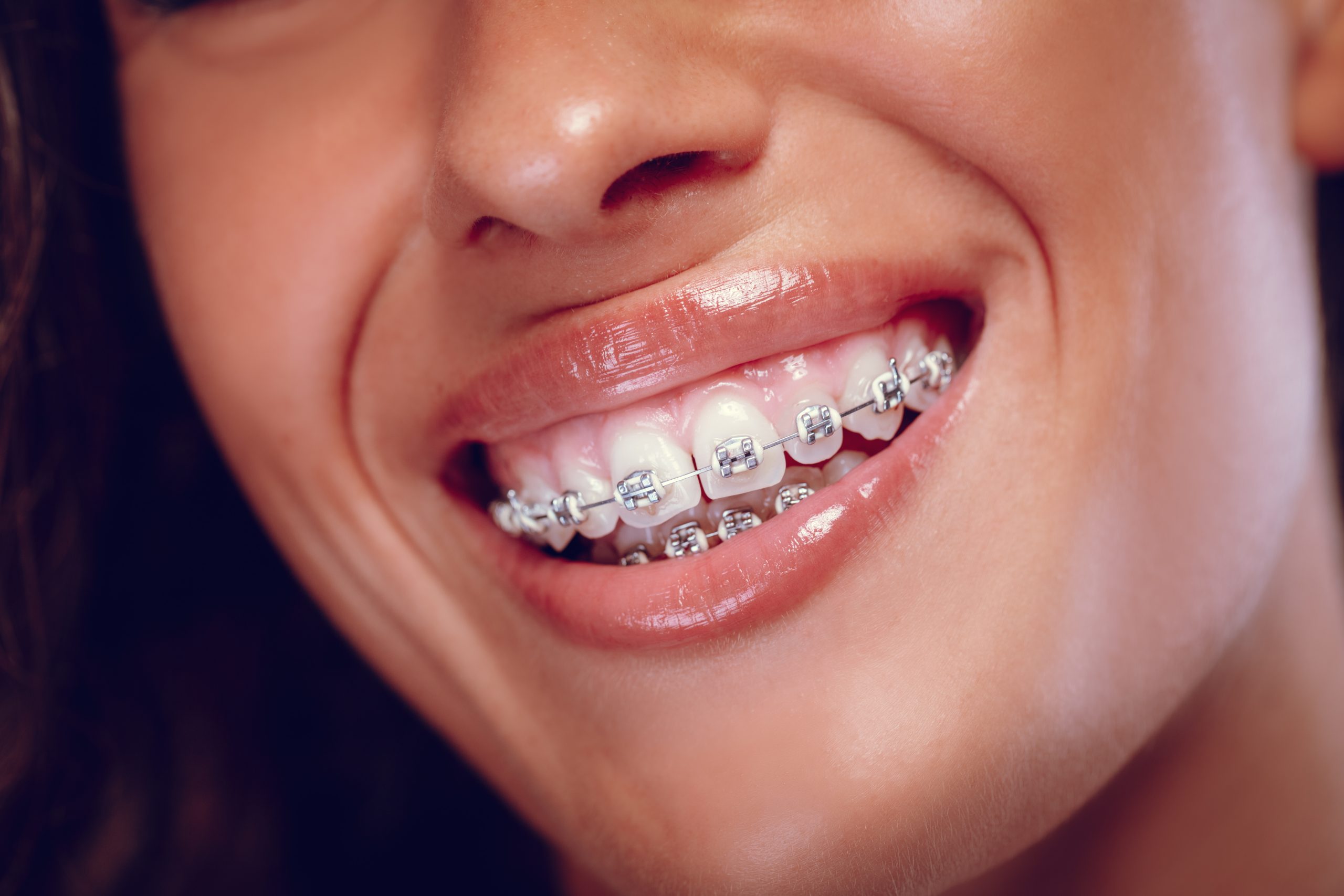

Can clear aligners effectively straighten crooked teeth, and how do they differ from traditional braces in terms of effectiveness and convenience?
Clear aligners have proven to be an effective option for straightening crooked teeth, particularly for individuals with mild to moderate dental misalignments. These custom-made, transparent trays gradually shift the teeth into the desired position, offering a discreet and convenient alternative to traditional braces. Clear aligners are designed to be removable, allowing for easy cleaning of both the aligners and the teeth, which can contribute to better oral hygiene during the treatment period. Additionally, the absence of metal components reduces the likelihood of mouth irritation or sores commonly associated with traditional braces.
In terms of effectiveness, clear aligners can produce significant results for a wide range of dental issues, including crowded teeth, gaps, and minor bite problems. However, they may not be suitable for complex orthodontic cases that require more significant teeth movement or jaw adjustments. Traditional braces, on the other hand, are capable of correcting more severe misalignments and complex dental issues, making them a preferred choice for cases requiring extensive orthodontic intervention. Additionally, traditional braces are often considered more predictable in terms of treatment outcomes, as the orthodontist has more control over the movement of the teeth throughout the treatment process.
While clear aligners offer greater convenience and a more discreet appearance compared to traditional braces, their success depends heavily on the patient’s compliance with wearing them for the recommended duration each day. Failure to wear the aligners for the prescribed amount of time can impede the progress of the treatment and prolong the overall duration of the process. Therefore, clear aligners are generally recommended for individuals who are committed to following the treatment plan and wearing the aligners as instructed by their orthodontist.
Are there any non-orthodontic options available for fixing minor misalignments or crookedness in teeth?
Yes, there are non-orthodontic options available for addressing minor misalignments or crookedness in teeth, although their effectiveness may vary depending on the specific dental issue and the desired outcome. Dental bonding is a common non-orthodontic option used to improve the appearance of crooked teeth. During this procedure, a tooth-colored resin material is applied to the surface of the affected tooth, effectively reshaping and altering its appearance. Dental bonding can help improve the symmetry and alignment of teeth, particularly for minor cosmetic concerns such as small gaps or irregularities.
Porcelain veneers are another popular non-orthodontic solution for correcting minor misalignments or crookedness in teeth. These custom-made, thin shells are bonded to the front surface of the teeth, effectively masking any imperfections and creating the appearance of a straighter smile. Porcelain veneers can also be used to improve the color, shape, and size of the teeth, providing a comprehensive cosmetic enhancement.
In some cases, tooth contouring or reshaping can be utilized to address minor irregularities or overlaps in the teeth. This procedure involves removing small amounts of enamel to reshape the tooth and create a more harmonious alignment. Tooth contouring is typically suitable for individuals with minor enamel imperfections or slight overlaps, and it can be combined with other cosmetic treatments for a more comprehensive dental makeover.
It is important to consult with a qualified dentist or cosmetic dental specialist to determine the most appropriate non-orthodontic option for addressing specific dental concerns. While these non-orthodontic treatments can be effective for minor misalignments, they may not be suitable for more complex orthodontic issues that require significant teeth movement or jaw adjustments.
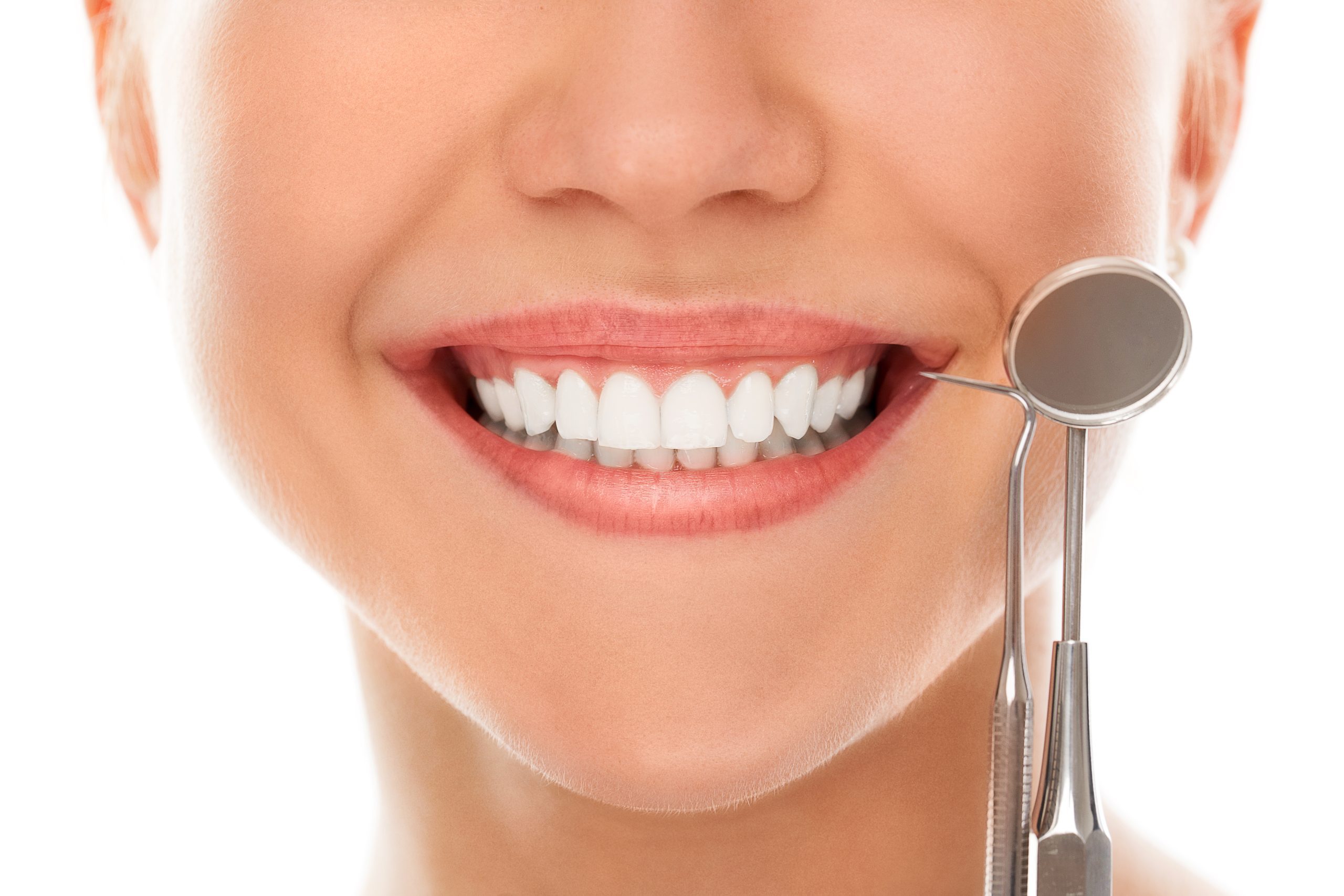
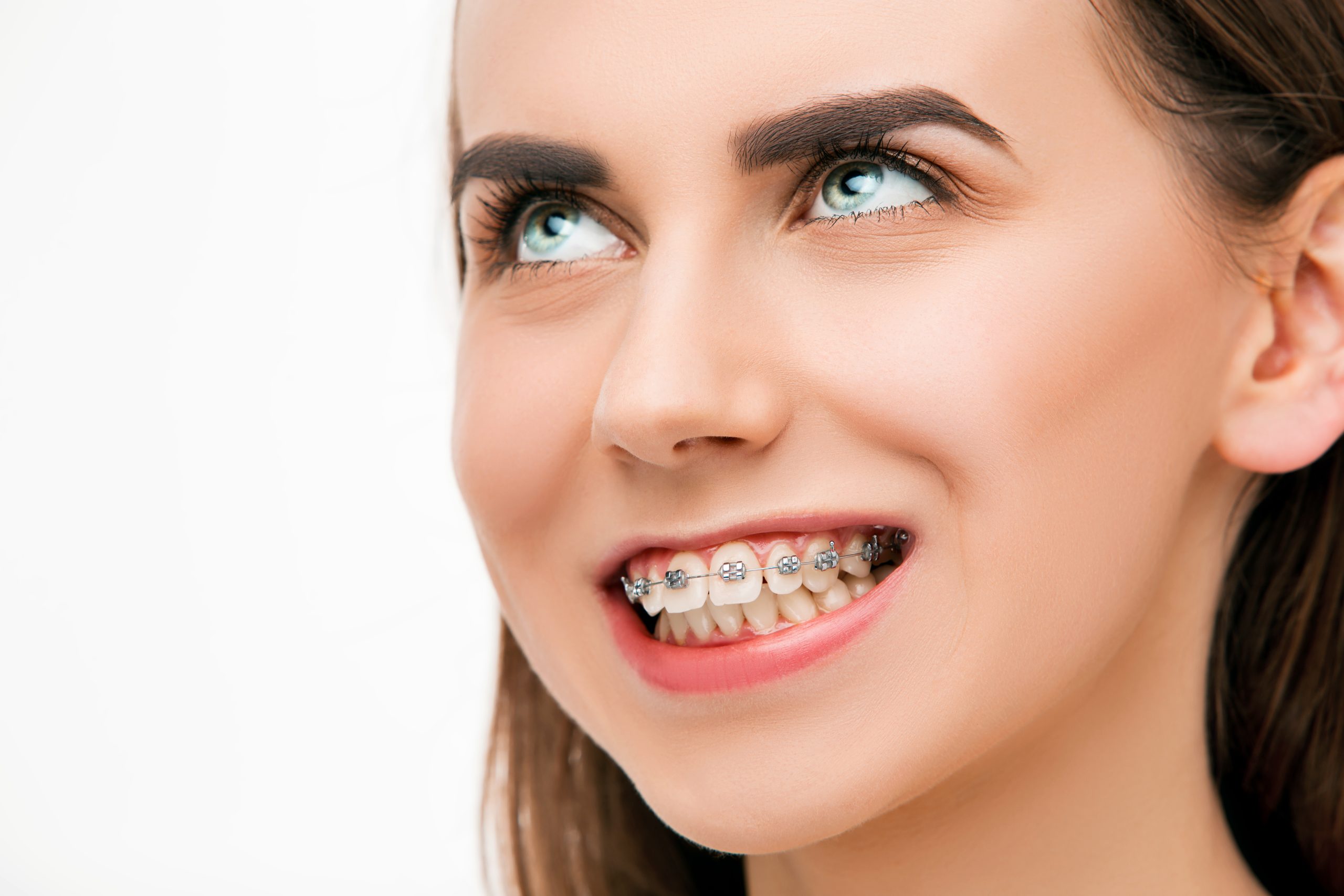
How long does it typically take to see results from various orthodontic treatments for crooked teeth?
The timeline for seeing results from orthodontic treatments for crooked teeth can vary depending on the severity of the misalignment, the chosen treatment method, and individual factors such as age and dental health. In general, it may take several months to a few years to achieve the desired outcome, and regular follow-up appointments with the orthodontist are essential to monitor progress and make any necessary adjustments.
Traditional metal braces typically require an average treatment duration of one to three years, depending on the complexity of the case. During this time, the braces apply consistent pressure to gradually shift the teeth into the correct alignment, and regular adjustments are made to ensure that the teeth are moving as planned. Clear aligners, such as Invisalign, may produce noticeable results within a few weeks to several months, depending on the specific treatment plan and the patient’s compliance with wearing the aligners for the recommended duration each day.
For more complex orthodontic cases that involve additional procedures such as tooth extractions or jaw adjustments, the treatment duration may be longer, ranging from two to three years or more. The orthodontist will develop a customized treatment plan based on the individual’s dental needs and goals, outlining the estimated duration of the treatment and the expected timeline for achieving specific milestones.
It is important for individuals undergoing orthodontic treatment to follow all recommendations provided by the orthodontist, including maintaining good oral hygiene, attending regular check-ups, and adhering to any dietary restrictions or wearing guidelines. By following the prescribed treatment plan and maintaining consistent communication with the orthodontist, patients can expect to see gradual improvements in the alignment of their teeth over the course of the treatment.

